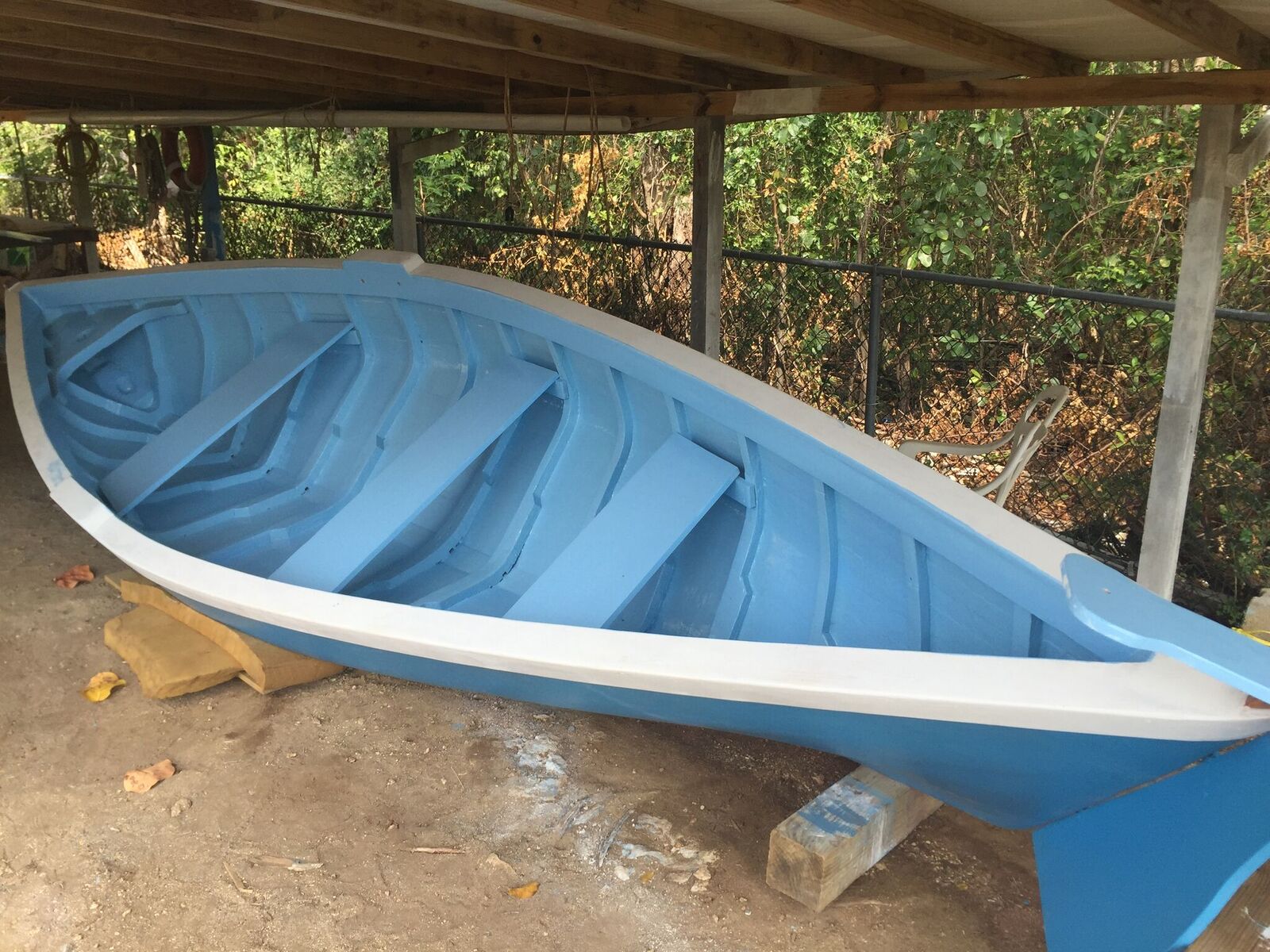It may be time to eschew a visit to Ellis Island, skip Rockefeller Center and forget about Central Park, says Merrill Hesch of the New York State Office of Parks, Recreation, and Historic Preservation.
Or at least complement them with other options from the five boroughs.
Tourists and staycationers, she says, might do well to consider some of the lesser-known gems and clusters of historic and cultural attractions around them.
There are hundreds of other attractions across New York, some more humble but also richer in meaning. And most are accessible by MTA and bus service.
“You don’t have to go just to the Empire State Building – and you won’t learn that much about New York if you go anyway,” she says. “If you start to jump around, you’ll become aware of multiple themes and multiple neighborhoods and sites, all connected in some way.”
Asked by the governor’s office to participate in a statewide initiative called Path Through History in 2012, Hesch and her team of 40 sleuths got to work.
“They asked us to come up with list of 20 sites, and we laughed – because we couldn’t do that,” she says. “So we broke down into five work groups – one per borough – and put together a list, but not of the iconic ones.”
They had to stop at 502.
The sites are grouped thematically, including clusters for art and culture, civil rights, colonial history, natural history and the Revolution.
It’s a program for the locals as much as it is for out-of-towners. “People in Queens don’t know about the Botanical Gardens, and people in Staten Island won’t know much about the Bronx,” she says.
She wants to change that by guiding locals and tourists alike to places like Louis Armstrong’s house in Corona, Queens, with its original furnishings and sound clips from the jazz musician’s home recordings, or to Louis Khan’s FDR Four Freedoms Park on Roosevelt Island.
If that’s any indication of their level of research, they’re on track to introduce an authentic, site-savvy New York to the world.
For more information, visit http://www.iloveny.com/paththroughhistory
[slideshow id=1261]

